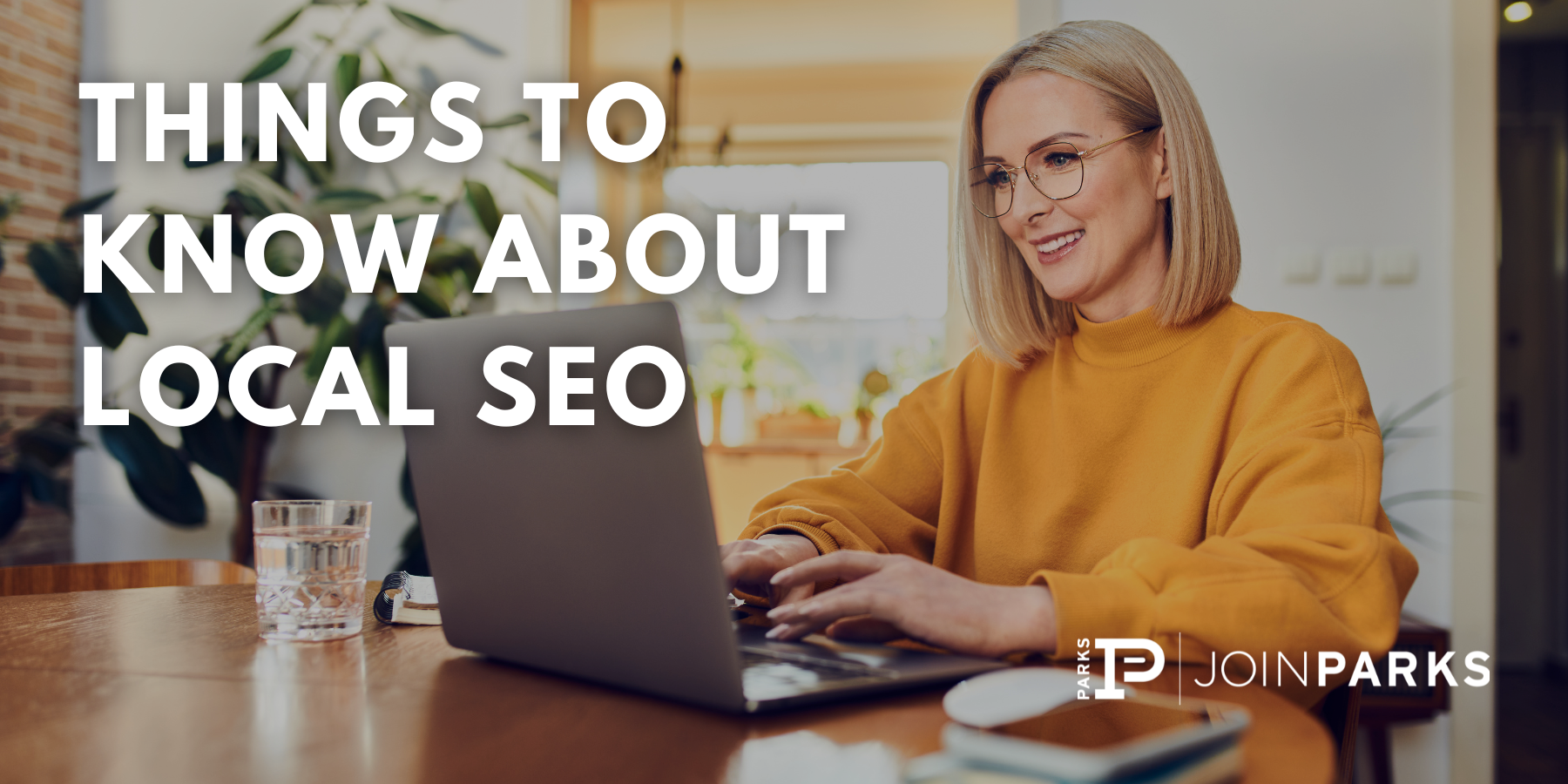Things to Know About Local SEO
When our current level of understanding of search engine optimization, or SEO, is compared to what we knew just fifteen years ago, it’s clear that realtors today grasp at least the basics of SEO far better now. We know that SEO optimization bumps content, including web pages and social media content, to a higher position in Google search results.
Here’s the kicker: when 4 million user searches were analyzed in 2022, the results revealed that a mere 0.63% of users clicked through to the second page of Google search results.
When one considers the incredible competition realtors face nationally, or even within the state of Tennessee, it can be a daunting challenge to try to push content and listings to the first page of Google, even with the use of a great SEO strategy! For this reason, we encourage all realtors and brokers to use a specialized subset of SEO, namely local SEO.
Local SEO pits your content against results in your region, which is clearly less competitive. Furthermore, you are likely more interested in reaching local clients, anyway! While we encourage the use of social media to interact with potential home buyers who are moving to Middle Tennessee, the majority of your deals will be closed through people who already live near you.
With all of this in mind, here are the five most important things each real estate agent should know about local SEO strategies.
1.) What We Know About Google Rankings
Google is infamous for continually tweaking their algorithms, but there are some essential facts that never change. Their algorithm scans thousands of websites in a fraction of a second, then spits out a list of sorted results.
These results have been ranked by popularity, relevance, prominence, and type of content. These are factors you can influence regarding your own content. Your goal when building an SEO strategy is to direct traffic to your website organically (for free) rather than through the use of paid advertising.
It is wise to use as many savvy SEO strategies as possible throughout your content. By stacking multiple tactics, you stand a much greater chance of reaching the first page of search results.
2.) Why Local SEO is Unique
SEO algorithms have a keen understanding of the unique search and click-through patterns of users locally. More specifically, the algorithms have calculated which results real estate searchers click through to in any postal code!
When users near you search for real estate listings or real estate agents, Google uses their location to filter and sort results based on what users in that location prefer. You might have thought this only applies if a user includes a city, postal code, or neighborhood in their search criteria, but this is not the case. Unless a user takes steps to block Google from knowing their location, it will automatically be included in every search they make.
3.) How It Works
When a user in your area initiates a Google search, the results are sorted into map pack results and blue link results. Let’s break this down.
Map pack results are local to the user, thus the name. This returns a list of local business results and a map on which these results are pinpointed. The business’s details are likewise listed. We’ve all used this feature to find restaurants, grocery stores, and gas stations both here at home and throughout our travels.
Below the map pack results, blue links are listed. These results are not sorted by location, but would instead show up for users anywhere in the country who used that search criteria.
Your goal is to appear in the short list of map pack results.
4.) Ranking Factors
To make that happen, you must first complete your Google Business Profile. Make sure this free listing is fully filled out, accurate, and free of grammatical errors. This is a business listing that anyone searching for real estate and real estate agents in your area will very likely encounter in their map pack results before clicking through to your website or social media profiles.
Your Google Business Profile should be as specific as possible. Your contact information, website, and service areas are the first items you must include, but we recommend also going into more detail regarding your niche and types of services.
Include photos, and don’t be shy about asking your clients to leave reviews on your profile. These reviews will make up the star rating Google users will see when your business profile appears in the map results, so they are incredibly important with regards to generating new leads.
Additionally, these reviews are a big part of map result rankings. As such, they are a cornerstone of your local SEO strategy.
Local SEO looks for people linking back to your content and your website. The algorithms will want you to post helpful, informative content regularly and often. To boost your content, include the keywords the algorithms want to see, particularly those relevant to your location.
5.) Create Location-Specific Content
Does your current content include a blog? Do you update your blog frequently with detailed, helpful, or even viral, content? If not, please begin as soon as possible. Blog posts are a prime opportunity for you to incorporate keywords the algorithms want to see and will encourage other users to link back to your content.
Your blog posts should contain the names of your city and neighborhoods where you are most active. You can also add the names of cities, towns, and neighborhoods that are nearby, but only if they relate back to your work. If you cast your net too wide, you run the risk of diluting the impact of your local SEO work.

